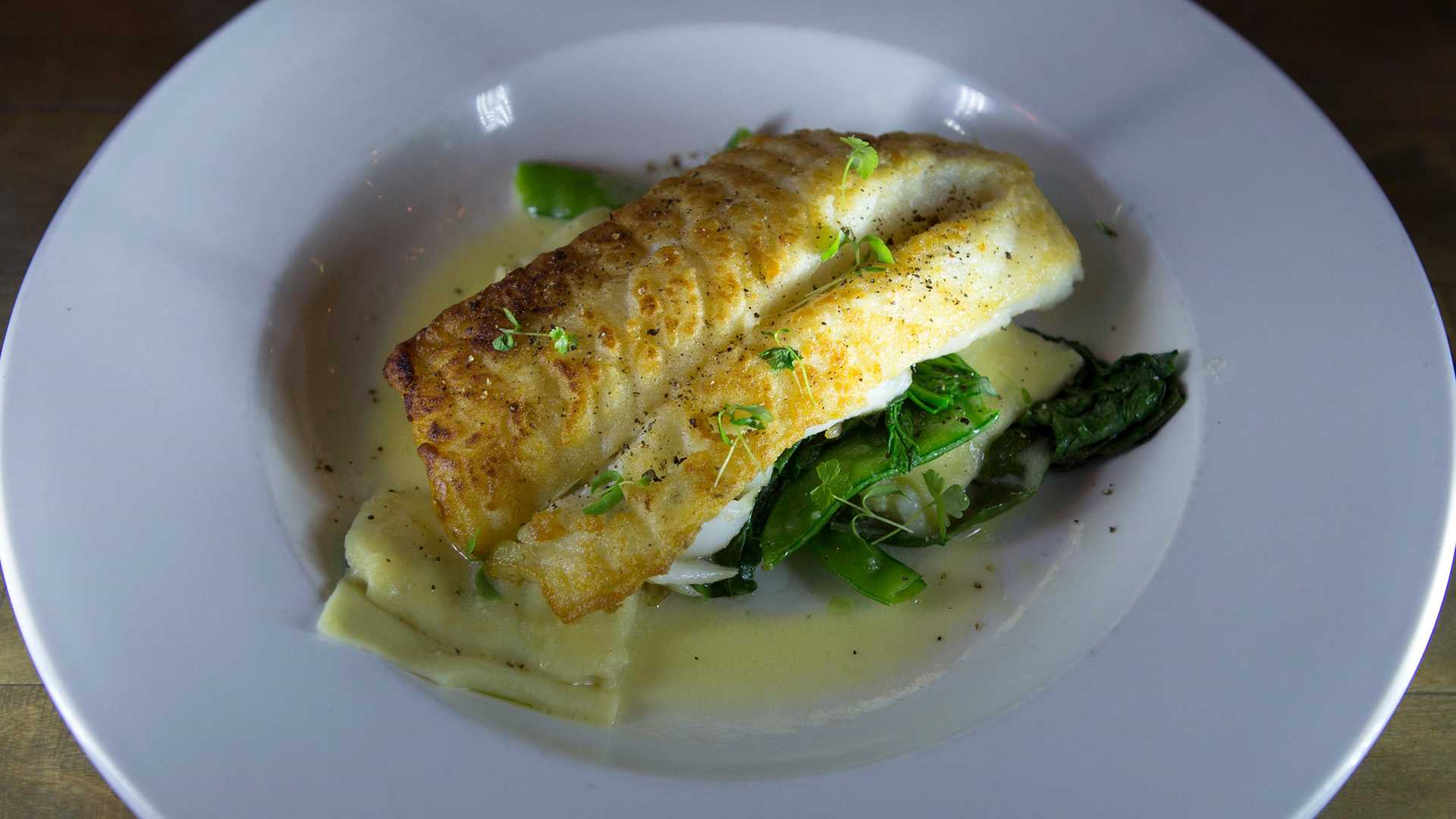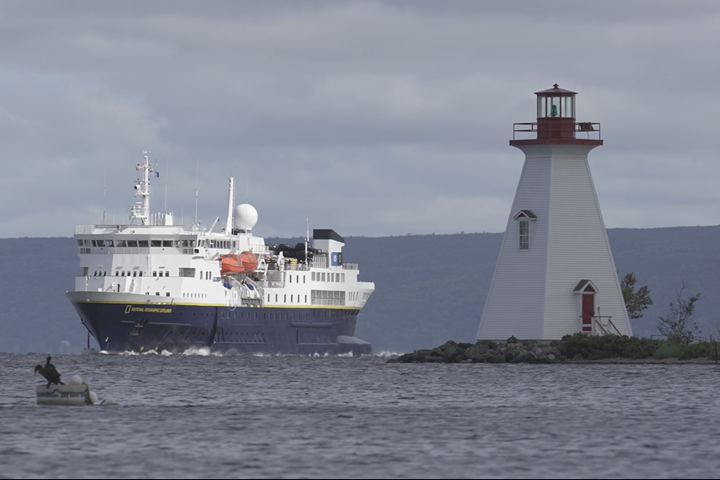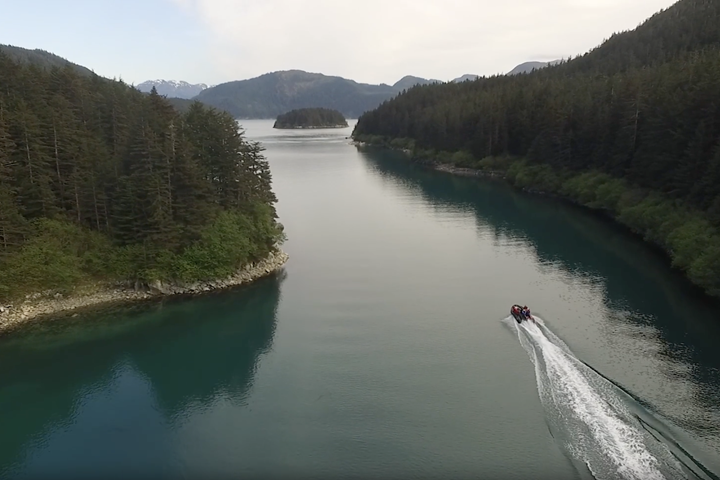Steeped in salt, sea, and stories, the cuisine of the Canadian Maritimes and Newfoundland brings both flavor and heritage to the table. Get Inspired By Photos, Videos, Webinars, Stories, And Exclusive Offers. Sign Up
The Canadian Maritimes and Newfoundland were once largely inaccessible islands battered by the northeast swells of the Atlantic. Bound by the Gulf of St. Lawrence and the Labrador Sea, regions of this remote archipelago seem unaffected by the passage of time, still living close to their unique Canadian and French Acadian cultures. So, it may not come as a surprise that this marine isolation has greatly influenced lifestyles, occupations, and of course, cuisine. The region has a rich fishing and marine history, much of which infuses itself into the world-famous mussels, cod tongue, and smoked herring which the locals pride themselves on.
Cod, at one time the backbone of the fishing industry, has a storied past. Once abundant in the Labrador Sea and ubiquitous on Canadian plates, cod was heartily consumed for its flank and almost never eaten for its tongue. Children used to scoop out and sell the “tongue,” or the muscly morsel at the back of the throat, from discarded cod heads to make a quick buck. In 1992, the government, alarmed by plummeting cod stock, announced a moratorium on commercial fishing, leaving thousands jobless. As the supply narrowed, the tongue became more commonly consumed in an effort to use all parts of the fish—and the practice stuck. In sites like L’Anse aux Meadows, locals and guests alike enjoy battered cod tongue—topped with salt and pepper and served up with pork fat scraps called scrunchions, it makes for a crisp golden appetizer.
But cod isn't the only fish stock that once took a hit in the Atlantic. Between 1900 and the 1970s, 40 herring smokehouses in the Îles de la Madeleine employed about 1,200 people. And smoked herring made waves elsewhere, too. Since it was easy to preserve in tropical climates and an inexpensive nutritious meal, it made its way down to the West Indies when the Europe supply line snapped during the Second World War.
By the 1970s though, the herring industry was swimming upstream against poor stock management. In the 1990s, as the population-to-predator ratio came to a balance, herring slowly returned to the oceans, and smoked herring to plates. Buoyed by the comeback, one family in the Isles re-opened their smokehouse and founded Le Fumoir D’Antan in 1996. The smokehouse, run by the Arseneau family, marked the revival of a generations-long tradition of fishing and smoking herring. Brined and dehydrated, the fish gets doused in smoke from smoldering maple logs, slowly acquiring a shimmering golden gleam. Le Fumoir, a popular stop on Lindblad-National Geographic expeditions around the archipelago, has kept preservation techniques alive in the Magdalen Islands for three generations, guarding the authenticity and quality of local flavor.
The Maritimes boasts a historically-rich marine bounty, and therefore a rich spread of seafood options, but there are also some interesting culinary finds back on dry land. Local cuisines, besides featuring salt, fish, and seal, incorporate terrestrial meat like moose in pies and stews, while local berries abound in desserts. With both surf and turf surprises for the palate, voyagers around the Maritimes and Newfoundland can at once get a lasting taste of the region’s cuisine as well as its robust heritage.
Ready to get a taste of this storied region? Join us on our 9-day circumnavigation of Newfoundland and its legendary outlying islands like Cape Breton, St. Pierre, and the Îles de la Madeleine.




